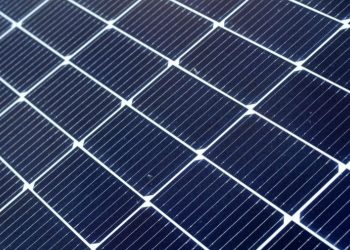As part of its goal to generate more than 50% of its electricity from renewable resources by 2030, California has put into place new energy-efficiency standards that require solar systems for virtually all new homes built in the state. Though there are some exceptions, the California Solar Mandate applies to most residential new construction.
What Are the Goals of the California Solar Mandate?
Instituted by the California Energy Commission, the California Solar Mandate strives to reduce air pollution, increase the amount of green energy used in the state, and minimize dependence on carbon-rich fuels like coal and natural gas. By 2030, the goal is to produce over 50% of the state’s electricity with clean, renewable resources like solar, wind, and hydroelectric.
When Solar Panels Must Be Installed
Solar panels must be installed on nearly all new construction homes built within the state, including single-family homes, condominiums, and apartment buildings that are less than three stories tall. The solar system must be large enough to meet the home’s annual electricity needs, as determined by the home’s size and location, though the size of the solar system can be reduced if a solar battery system is installed at the same time. The energy storage provided by the battery can act as a buffer, reducing the required solar system size by up to 25%, while providing the ability to keep the home powered during utility grid outages.
Exceptions to the California Solar Mandate
Not all home designs or areas are ideal for solar energy production. Recognizing that, the California Solar Mandate includes some exceptions. A new home build may not need to have a solar system installed if:
- The roof is not large enough: If roof space is limited, there may not be enough room to install a solar system that can supply all of the home’s energy needs. This can exempt the home from the solar requirements, though there are other ways to add solar, such as solar carports or ground-mount solar systems.
- There is too much shading: Nearby trees and buildings can cast shade on the roof of a home. If the shade is substantial, not enough energy would be produced to justify the installation of a solar system.
- The home has access to a community solar system: New developments can opt to install centrally located community solar systems, eliminating the need for individual solar systems on the roof of each home.
Any homes built before 2020 do not need to add a solar system, unless they undergo significant renovations, but adding solar can be an easy way to reduce electricity costs while helping the environment.
Solar System Installations in the Bay Area
When you need an experienced, professional team to install a solar system on a new construction home in the San Francisco Bay, Sonoma Valley, Napa Valley, or the Fresno area, talk to our team at Simply Solar. We work with homeowners, builders, and developers to design and install custom solar systems for virtually any residential application. Our company was recognized as one of the top Solar Contractors of 2021, and our experienced, in-house technicians provide high-quality solar installations with an impressive 25-year workmanship warranty.
To request your FREE solar estimate anywhere in the Bay Area, call (707) 285-7037 today or contact Simply Solar online.


















